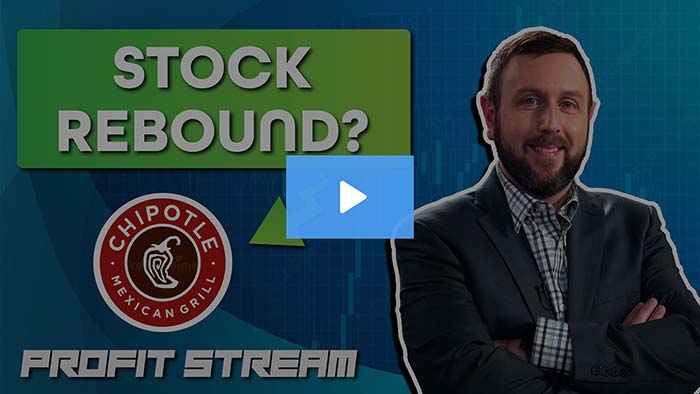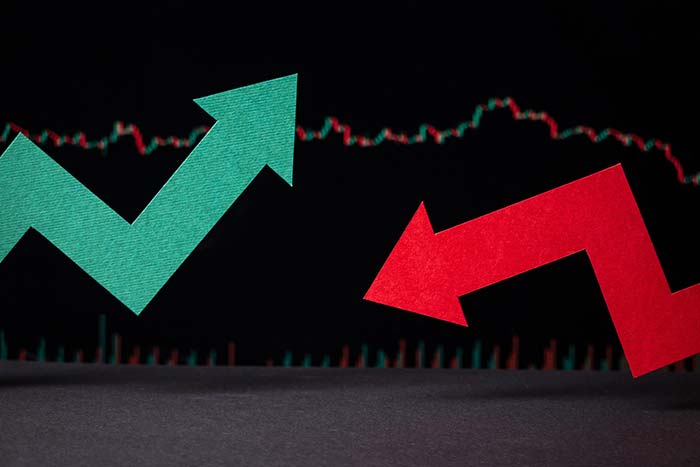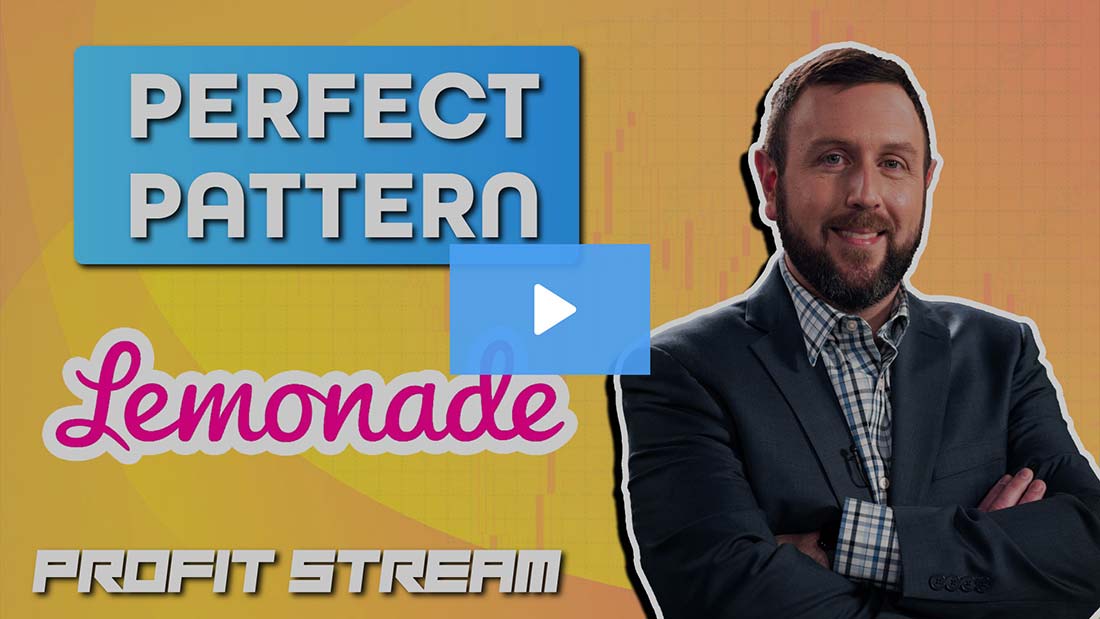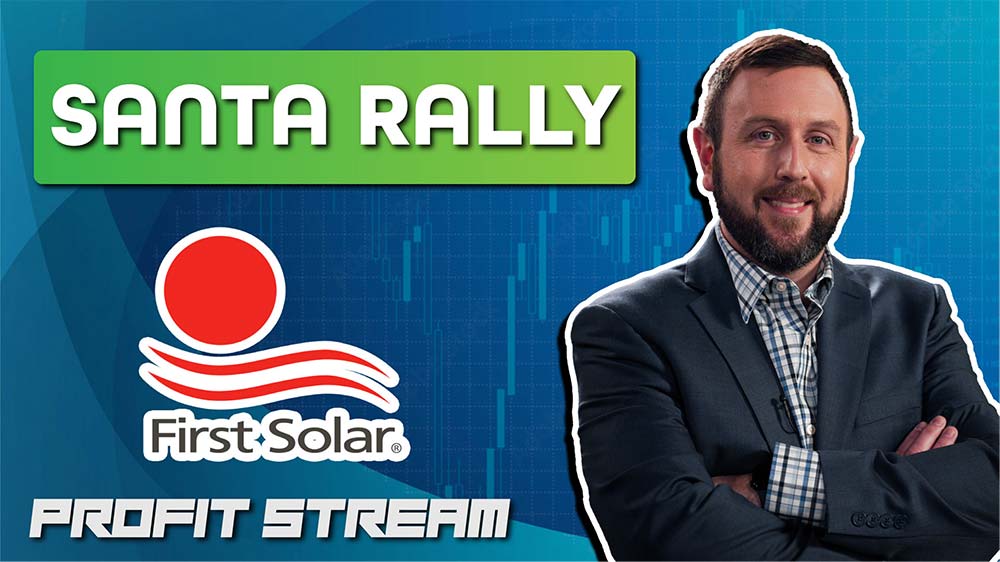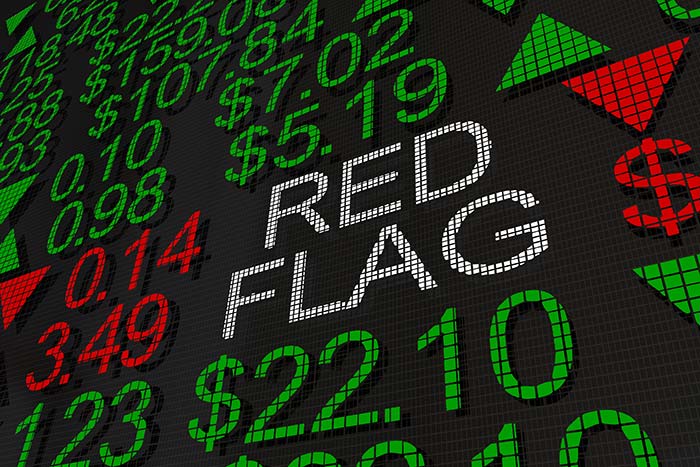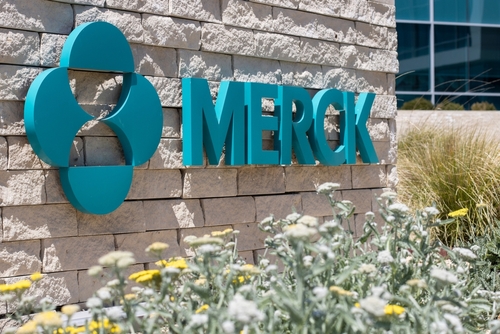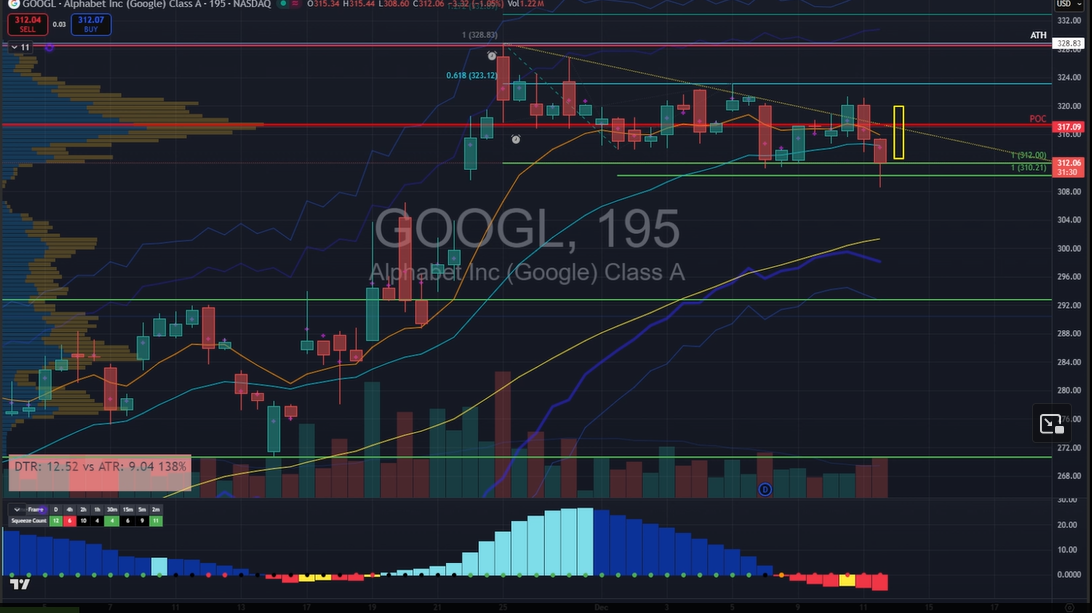Time to Lock In Income!
It feels like we’ve been in the “high interest rate, high inflation” cycle for a while.
But I believe we’re now entering the next phase.
We should all be able to agree on these two things:
- Interest rates cannot remain high forever.
- Inflation cannot remain high forever.
It’s these two facts that are providing one of the greatest investing opportunities, bar none, of our lifetime.
Today’s interest rates are producing an unparalleled income opportunity not seen since the early 2000s – or even the ’80s and ’90s.
I expect that over the next five years, I will be able to generate a return of over 50% on my investments through what I consider “safe” income plays… which ALSO should have immense capital gains opportunities as interest rates fall.
These returns will come from a system of investing in several income-producing assets. And I’m going to share them below.
One important thing to keep in mind…
The size of your portfolio does not matter.
If it’s small, it can get bigger. If it’s large, it can get even larger.
So it’s crucial to focus on the returns and the strategy – not necessarily what you are starting with.
Each investment I am going to list below has either income or capital gains potential… or BOTH! The combination of the two should really accelerate your returns.
See the list below.
- Preferred Stocks of the Highest-Rated U.S. Banks These are for high income AND capital gains – and the dividends should receive qualified treatment, meaning they’ll be taxed at lower rates. You can hold these in retirement and non-retirement accounts due to the favorable dividend tax treatment.
- U.S. Treasurys/Cash U.S. Treasurys and select FDIC-insured savings accounts/money market funds can help you bank guaranteed income.
- Dividend-Growing Stocks and MLPs You can receive high dividends from solid S&P 500 companies, including energy plays, through master limited partnerships (MLPs). These also provide high capital gain potential.
- Municipal Income Closed-End FundsThese funds – which are free from federal taxes (and potentially state taxes, depending on where you live) – provide good, tax-free monthly income with capital gains potential.
- Preferred Stock ETFsThese also offer high monthly dividend income and significant capital gains potential.
The truth is…
There are few times in the investment cycle when you get a chance to lock in relatively high-income-producing investments that are fairly safe as well.
Of course, interest rates and inflation could move higher, but both are limited by the increases that have already occurred. And if they do move higher, it means the economy will be subject to a bigger future slowdown, which in turn will lead to even lower rates and make these investments even more valuable.
![]()
YOUR ACTION PLAN
Next month in Trade of the Day Plus, I am going to debut a new portfolio devoted to these income plays. Like I said, these are unique opportunities that come around only when interest rates and inflation are both high. In short, these down markets are ideal for someone looking to build income with these strategies.
MONDAY MARKET MINUTE
- Roku Gets an Upgrade. Susquehanna upgraded Roku (ROKU) from “Neutral” to “Positive” with a $75 price target. Despite “near-term noise,” the long-term connected TV opportunity remains intact, and Roku will be a “prime beneficiary of the secular shift of linear budgets,” Susquehanna told investors in a research note.
- Caterpillar Crawling Lower. Baird downgraded Caterpillar (CAT) from “Neutral” to “Underperform” and lowered its price target from $230 to $185. According to Baird, a 2024 slowdown in U.S. nonresidential construction was already on the horizon but now is increasingly likely given the ongoing “turmoil” facing regional banks and their “sizable participation in commercial construction lending.”
- Corning Sees Premarket Boost. The glassmaker saw a 2% increase after Deutsche Bank upgraded shares to a “Buy” rating and increased its price target from $35 to $38, a nearly 20% rise.
- Is This Bank Crisis Worse Than 2008’s? We say no. The 2008 bank balance sheets were made up of a lot of overvalued mortgage-backed and subprime securities that could not be unwound as the debtors failed to pay off the value of the securities. The current crisis is more related to interest rate spreads in high-quality securities, which the Fed has allowed the banks to value at par.





